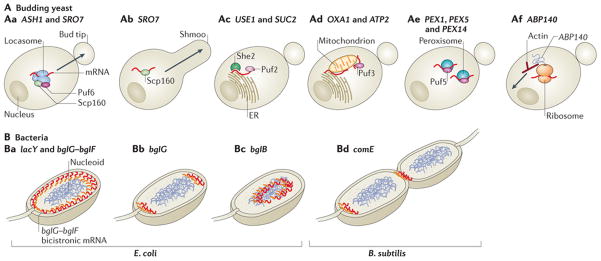Figure 4. mRNA localization in unicellular organisms.

A | In budding yeast, the ASH1 and SRO7 mRNAs are transported to the bud tip by the locasome (which comprises Myo4, She3 and She2), Scp160 and Puf6 (part Aa). Following pheromone chemotaxis, SRO7 mRNA is transported to the shmoo tip by Scp160 but not by the locasome (part Ab). mRNAs encoding membrane or secreted proteins (such as USE1 and SUC2) are localized to the endoplasmic reticulum (ER), in a Puf2- and She2-dependent manner (part Ac), whereas the OXA1 and ATP2 mRNAs, which encode mitochondrial proteins, are targeted to mitochondria or to the mitochondrion–ER interface in a Puf3-dependent manner (part Ad). Some mRNAs encoding peroxisomal proteins (for example, PEX1, PEX5 and PEX14) are localized to peroxisomes in a Puf5-dependent manner (part Ae). The ABP140 mRNA, which encodes AdoMet-dependent tRNA methyltransferase, is transported to the far pole of the mother cell by direct binding of the amino terminus of its nascent protein product, Abp140, to actin filaments. The retrograde movement of actin drives ABP140 mRNA to the far pole in a motor-independent manner (part Af). B | In bacteria, the Escherichia coli lacY and bglG–bglF mRNAs, which encode transmembrane proteins, localize to the plasma membrane (part Ba). bglG transcribed as a monocistronic mRNA localizes to the cell poles (part Bb), whereas bglB transcribed alone is cytoplasmic (part Bc). In Bacillus subtilis, the comE transcript, which is an operon that encodes factors for horizontal gene transfer, is localized to the nascent septum that separates daughter cells, and to cell poles174 (part Bd).
